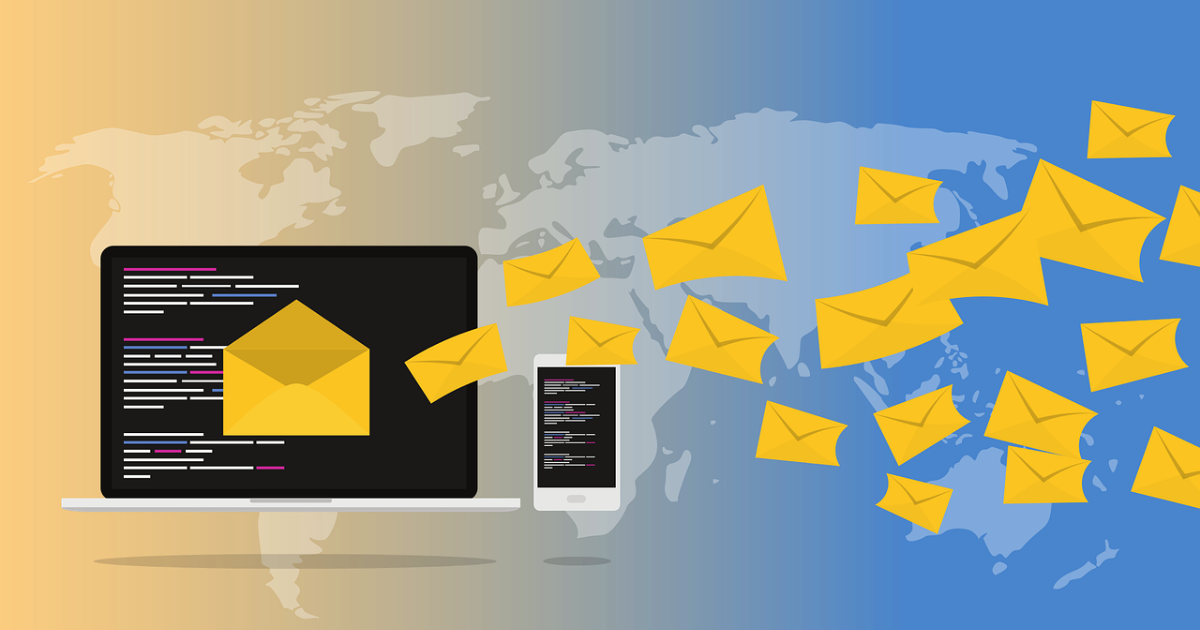The banking industry is evolving from being just financial institutions to integrated fintech solutions and a complete digital ecosystem. As the market continues to grow, banks are migrating to digital marketing platforms for client acquisition, driving customer loyalty, and correspondence.
One thing that hasn’t changed throughout this evolution is the importance of emails for the industry. Email marketing stands strong with a return on investment of $44 for every dollar invested, leaving behind every other channel by at least four times. In this article, we will learn about 11 email marketing lessons that will pay off for the banking industry in and beyond 2020. Dive in deeper to learn more.
Leverage Unbundling Effect
It is common for banks to offer various financial services to their customer base for generating maximum revenue. Banks should use email marketing to reach out to their existing client base and cross-sell, upsell, and even resell financial instruments. Since banks have tons of data, including the transactions, they can send out personalized offers to create disruptive unbundling effects.
Educate Your Customers
Finance is one such sector where customers make decisions after going through a lot of informative content. Leveraging newsletters and sending out links to educational content can play a vital role in engaging your subscriber list proactively. Banks often spend fortunes on development programs, but sending out informative content to their subscriber lists can amplify sales results by leaps and bounds.
Use Emails For Integrating Digital Ecosystem
Emails remain common across all platforms as they are used to create accounts and make official communication. Banking institutions can leverage email marketing for integrating their entire digital ecosystem by using all communication logs to create a data pool. They can send relevant offers based on purchase history and market trends. It also builds a seamless customer experience across all channels.
Reduce Client Servicing Costs
Instead of using customer service representatives to manage minor issues, sending out transactional emails reduces a lot of time and effort. Banking institutions can cut down on the man-hours while also providing 24/7 customer grievance solving facilities over an official channel.
Use Automated Emails For Personalized Banking
Personal bankers are considered a luxury, but technology can play a crucial role in personalizing banking experiences. Automation workflows in email marketing help banks leverage personalization and segmentation for making offers stand out, fetching feedback, sharing insights, driving sales, and extending value additions based on the vast databases about their customers.
Bank on Social Proof
Like any other industry, banks can also capitalize on social proof as emails are considered as an official communication channel. Combining social proof increases the odds of converting leads to paid customers.
Refine Customer Journey For Selling Financial Instruments
Doing follow-ups and communicating various aspects of financial instruments is a significant portion of a sales rep’s job profile. Running drip email campaigns can automatically refine the entire customer journey by automatically recalibrating your efforts for each stage of your sales funnel. Banks should use email templates and automation workflows that complement the customer journey.
Surf The Financially Exciting FOMO Wave
Like eCommerce marketing, banks can also surf the FOMO wave as the money factor is already involved. This could be an essential lesson for all financial institutions since all other businesses have started diversifying that existing model to accommodate financial products. They can use responsive HTML email templates for sending messages with time-sensitive fields for offering limited period schemes.
Share Insights
When it comes to financing, it is always a better idea to let the numbers talk for you. You send auto-generated emails containing personalized insights on fund performance, risk exposure, market trends, portfolio management advice, financial instrument trends, and industry outlook to establish yourself as a bankable commercial entity. People consider search reports as valuable analytics for which they would have to pay separately. Even if they don’t utilize such insights, it makes them feel valued.
Emphasize on Data Security
Everyone handles their financial data with the utmost confidentiality. Banks should ensure high-level safety protocol and any identify duplication by fraudsters to best serve their customers’ interests. The recent Bitcoin Bounty on Twitter is an example of cyber threats. Make it a point to educate your customers about search cams and communicate the privacy undertakings transparently. Email authentication through DMARC compliance, DKIM signing, two-factor authentication, SPF, and encryption is necessary. Failing to communicate the data security measures can also result in mistrust.
Include Service Level Agreements
Like any other financial document, banks should include SLAs for their email marketing efforts. Emails are considered legally liable documents, and hence you should look out for any loophole in your legal safety. While running email marketing campaigns, it is advisable to introduce customized SLAs and define terms of service upfront. This saves you from a lot of unintentional mishaps and subsequent escalations.
Wrap Up
At the current pace, many businesses will start diversifying while using financial instruments and services to streamline their revenue influx. Leveraging online platforms competitively is a must for banking institutions. Email marketing should be the top priority as customers prefer it, and it generates the highest ROI and outreach performance.
Kevin George – Head of marketing at Email Uplers specializes in crafting beautiful email templates, PSD to email conversion, and visually engaging Mailchimp Templates. Kevin loves gadgets, bikes & jazz, and he breathes email marketing. He enjoys sharing his insights and thoughts on email marketing best practices on his blog.



